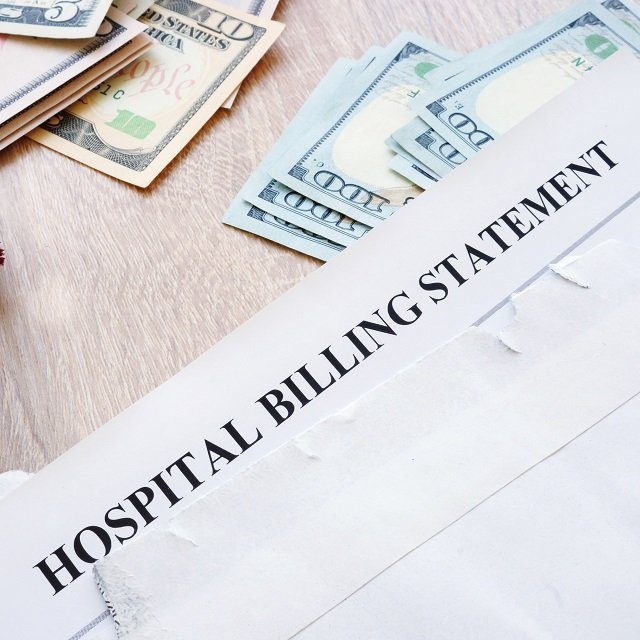No Surprises Act Arbitration Basics

What You Need to Know
The No Surprises Act is supposed to keep patients from getting some types of unexpected medical bills.
Insurers and providers are supposed to take some disputes about what payment rates should be to arbitration.
Insurers and providers disagree about how the arbitration process should work.
After a court ruling in February and ongoing opacity from the U.S. Department of Health and Human Services (HHS), the arbitration methodology in the No Surprises Act (NSA) remains unsettled.
The NSA, which took effect January 2022, protects individuals from receiving unexpected medical bills when they unknowingly receive care from out-of-network providers.
The legislation is favorably viewed by consumer groups because it prevents patients from being surprised by crippling bills.
In the coming years, the NSA will also require providers and plans to provide health care price transparency processes and tools.
In the long run, the requirements could affect how your health insurance clients’ coverage works.
Provider Opposition to the IDR Process
Although they support the NSA’s prohibition of surprise medical bills, provider groups such as the Texas Medical Association, American Hospital Association, and the American Medical Association filed suits challenging the Biden administration’s interpretation of the NSA.
Specifically, the provider groups disagreed with the methodology that the administration adopted for the NSA’s arbitration process, or “independent dispute resolution” (IDR) process.
According to the NSA, a federal IDR process was to be used to resolve disputes about a health plan’s reimbursement to a provider for claims in which balance billing was prohibited.
In a September 2021 regulation, HHS adopted a specific methodology that arbitrators should use in the IDR process to decide the reimbursement.
Many provider groups thought the adopted methodology did not reflect the language in the NSA and would make it harder for providers to argue for higher reimbursements.
In February 2022, Judge Jeremy D. Kernodle of the U.S. District Court for the Eastern District of Texas agreed with the Texas Medical Association that the HHS’ IDR methodology did not align with the language in the NSA.
By implication, the judge handed a win to all the provider groups that disagreed with the policy.
The Qualifying Payment Amount
Prior to the Texas court ruling, the “qualifying payment amount,” or QPA, was to be used by the IDR arbitrators as the default reimbursement rate.
In general, the QPA is a plan’s median in-network rate, or a median in-network rate derived from a third-party database.
Under a QPA-based policy, providers would have had to prove to an arbitrator why they should be paid more than the QPA.
However, as a result of the Texas ruling, the QPA was made just one element among many that an arbitrator must consider when determining a payment amount.
For example, under the court ruling, an arbitrator must now consider provider experience, patient acuity, and market share of the provider or payer, among others.
Federal Agencies Respond
On April 14, 2022, the Centers for Medicare & Medicaid Services (CMS) issued new guidance on the IDR process that echoed the court’s ruling, signaling that, for the time being, the new IDR policy would stand.
However, a week later, HHS appealed the court’s decision.




